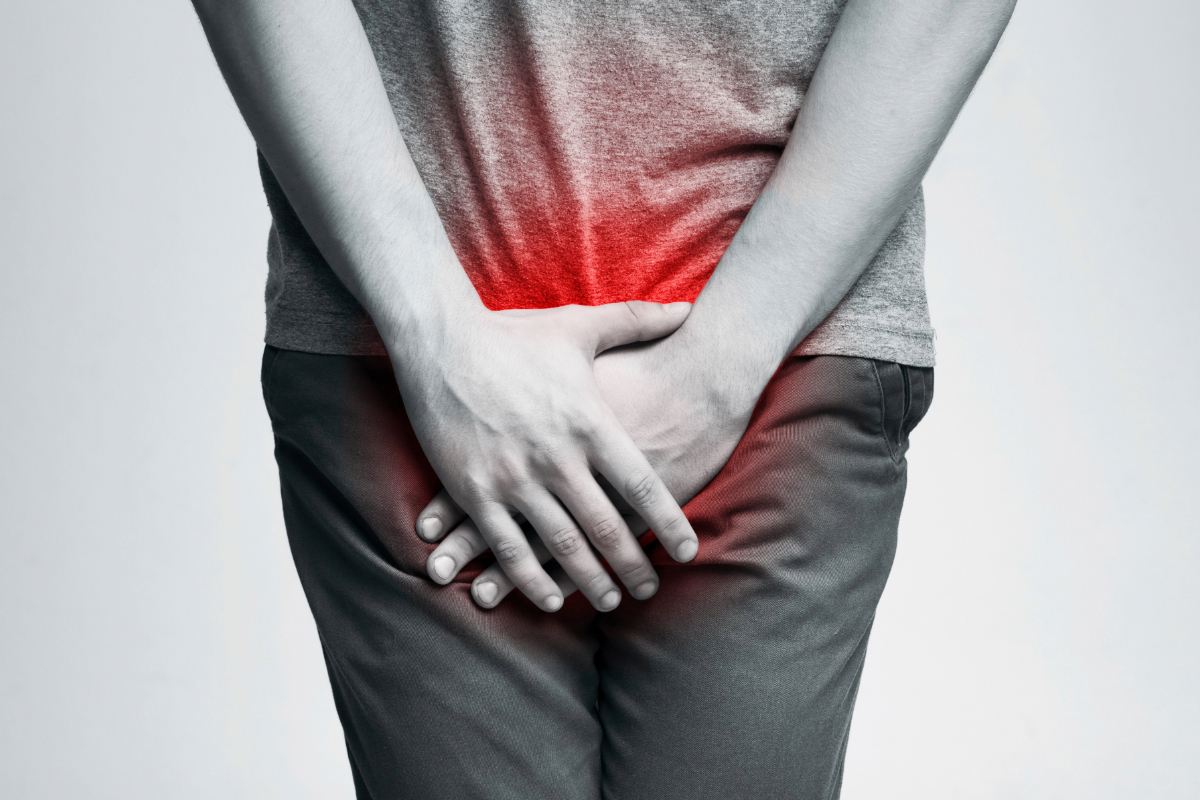
When OSR physical therapist Elizabeth Johnston was in high school, she heard firsthand from her fellow dancers on the dance team about the frustrations over leaking while jumping. It was embarrassing to talk about and it seemed no one wanted to discuss it at all. After all, when it comes to the involuntary loss of urine, everyone assumes it’s a bladder problem. The stigma around incontinence is unfortunate, being either associated with an aging problem or a bladder control problem. Yet, many athletes, especially female athletes, experience stress incontinence, and it has nothing to do with their age, bladder control, or if they’ve gone through childbirth.
“Stress incontinence is the involuntary loss of urine from physical exertion,” says Johnston. “When I was a dancer and saw many of my fellow dancers experience the problem, I thought there wasn’t anything to be done to help them. Now, however, as a physical therapist, I know that physical therapy can actually help with this and so much more.”
Incontinence is a problem that widely affects women, but its impact is even more substantial when it comes to physical activity as well as age. When you’re only 17 years old, perfectly healthy in the prime years of your physical health, and have never been pregnant or given birth, stress incontinence can be confusing, not to mention embarrassing to discuss. Yet, you should discuss it because there are ways to treat incontinence with physical therapy.
What Is Incontinence?
According to the Mayo Clinic, urinary incontinence is the unintentional loss of urine having nothing to do with psychological stress. Furthermore, it has nothing to do with the urge or lack thereof, a condition diagnosed as Urge Incontinence (UUI). While general incontinence can happen at any time from anything, stress incontinence is specific to movement:
Stress incontinence happens when physical movement or activity — such as coughing, sneezing, running, or heavy lifting — puts pressure (stress) on your bladder.
Incontinence, in general, can manifest itself through stress or urgency, but they are treated differently.
Stress Incontinence In Female Athletes
Stress incontinence affects more than just female dancers. Many runners suffer from it, as well as gymnasts, basketball players, and tennis players, among others. It’s so prevalent among female athletes that studies estimate about 47% of exercising women suffer from it, while 25-28% of high school and collegiate athletes have also experienced the problem. The numbers increase even more drastically to 60-80% among those sports that require intra-pelvic pressure like gymnastics, dancing, and figure skating.
With incontinence being so prevalent among female athletes at any life stage, many women think it’s normal. Yet, it’s completely not normal, says Johnston.
“Pelvic problems like stress incontinence are common, yes, but they are not normal,” Johnston said. “There’s something that can be done about it and people shouldn’t have to live with that.”
This is especially the case for young athletes. The biggest factors that put you at risk of stress incontinence are physiology (or anatomy), training that requires repeated heavy lifting, or high-impact sports.
Treatment And Management Options
If stress incontinence is not related to your anatomy, there are many treatment options. However, physical therapy is one of the most effective and non-invasive treatment options. If your incontinence is due to your activity, strengthening your pelvic muscles is the best way to treat the condition.
The point of physical therapy is to improve life by strengthening the appropriate muscles. In the case of incontinence, targeting the pelvic region will help stabilize the area. By stabilizing and strengthening the pelvic muscles, you can prevent leakage. This method of treatment gets your pelvic region to function properly.
Athletes will go to physical therapy to recover from an injury, manage pain, or prevent an injury. Dealing with incontinence should be no different. There’s no need to just live with it, says Johnston, when we can give you a treatment option that leaves you living a better quality of life and gets you back to what you love without being uncomfortable.
